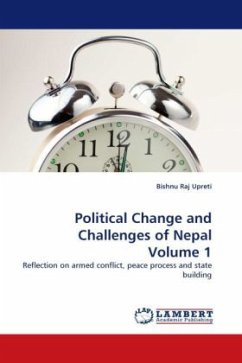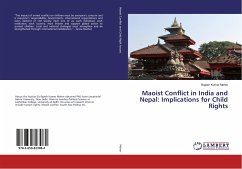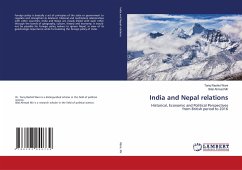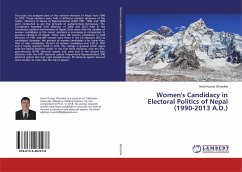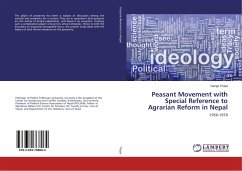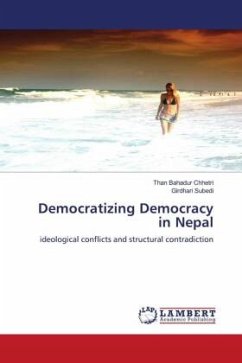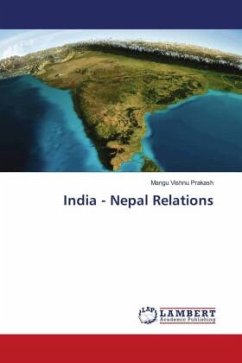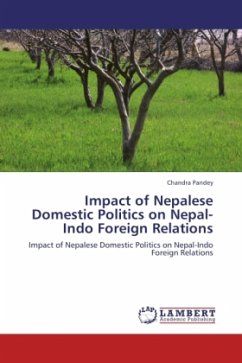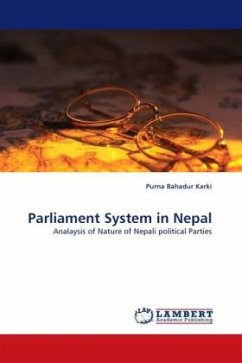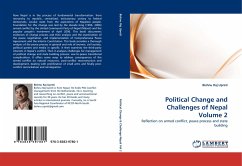
Political Change and Challenges of Nepal Volume 2
Reflection on armed conflict, peace process and state building
Versandkostenfrei!
Versandfertig in 6-10 Tagen
52,99 €
inkl. MwSt.

PAYBACK Punkte
26 °P sammeln!
Now Nepal is in the process of fundamental transformation: from monarchy to republic, centralized, exclusionary unitary to federal democratic, secular state from the aspirations of Nepalese people. Foundation for this change was laid by the decade long (1996- 2006) armed conflict by the United Communist Party of Nepal (Maoist) and the popular people's movement of April 2006. This book documents evidences of change process and their analysis and the examination of the peace negotiation, and implementation of Comprehensive Peace Agreement and the Interim Constitution. This book provides a thorou...
Now Nepal is in the process of fundamental transformation: from monarchy to republic, centralized, exclusionary unitary to federal democratic, secular state from the aspirations of Nepalese people. Foundation for this change was laid by the decade long (1996- 2006) armed conflict by the United Communist Party of Nepal (Maoist) and the popular people's movement of April 2006. This book documents evidences of change process and their analysis and the examination of the peace negotiation, and implementation of Comprehensive Peace Agreement and the Interim Constitution. This book provides a thorough analysis of the peace process in general and role of women, civil society, political parties and media in specific. It then examines the third-party interests in Nepal's conflict. Then it analyses challenges for management of political change and state building process: war-to-peace transitional complications. It offers some ways to address consequences of the armed conflict on natural resources, post-conflict reconstruction and development, dealing with proliferation of small arms and finally post-conflict reconciliation and reintegration.



